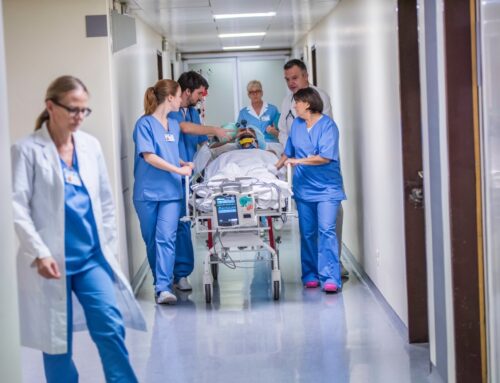Communication in hospitals is vital. Efficiency is the main concern, and the reality on the ground leaves little room for the human element. A return to good communication can be the first step to improve this situation.
Within a team, it contributes to the quality of care and favours the creation of exchanges, a common sense, a feeling of belonging and identification with one’s institution.
But the reality in the field is different.
The constant increase in the workload has a significant impact on their physical condition, their morale and the passion that drives them. It leaves less and less room for the human aspect and for the relationship between nurses and their patients.
Communication is the foundation of good decision making.

Careboard, a practical solution for improving communication and patient care
Much more than a social issue, information sharing is an economic issue. The lack of information slows down the making of accurate and efficient decisions.
Managing nursing care without the right tools is a challenge. You run the risk of not having a complete picture of activity, of unintentionally favouring certain services and neglecting others. What’s more, tracking patients manually is tedious and error-prone.
Fortunately, technology can help. Our Careboard platform measures nurses’ workloads and provides you with objective data for better decision-making. This gives you a global, up-to-date view of activity, enabling you to adapt and distribute resources efficiently. If something goes wrong in the field, you can see it straight away and react immediately.
Knowing how to respond to the needs of care units on a continuous basis (prospectively and then retrospectively) helps reduce the workload of nurses and therefore also improve the quality of care.
The feelings of the field staff at the heart of the decision-making process
Discussions with field staff remain an extremely rich source of information. Getting feedback from nurses on their workload is essential, as many human factors cannot be measured by software.
In Careboard, users enter their own feelings about their workload.

In addition to this calculation of the perceived workload, the number of hours required to perform care and the hours actually worked by the field staff are also calculated.
With this balance, the managers of the care units and the nursing executives get a real view of the activity of their care unit. Communication between caregivers and management is re-established and fluid, to the benefit of everyone.
“With the feeling, communication is back. You can feel the dynamism and everyone is involved.” Isabelle Fontenelle, ICS at CHU Saint-Pierre.



